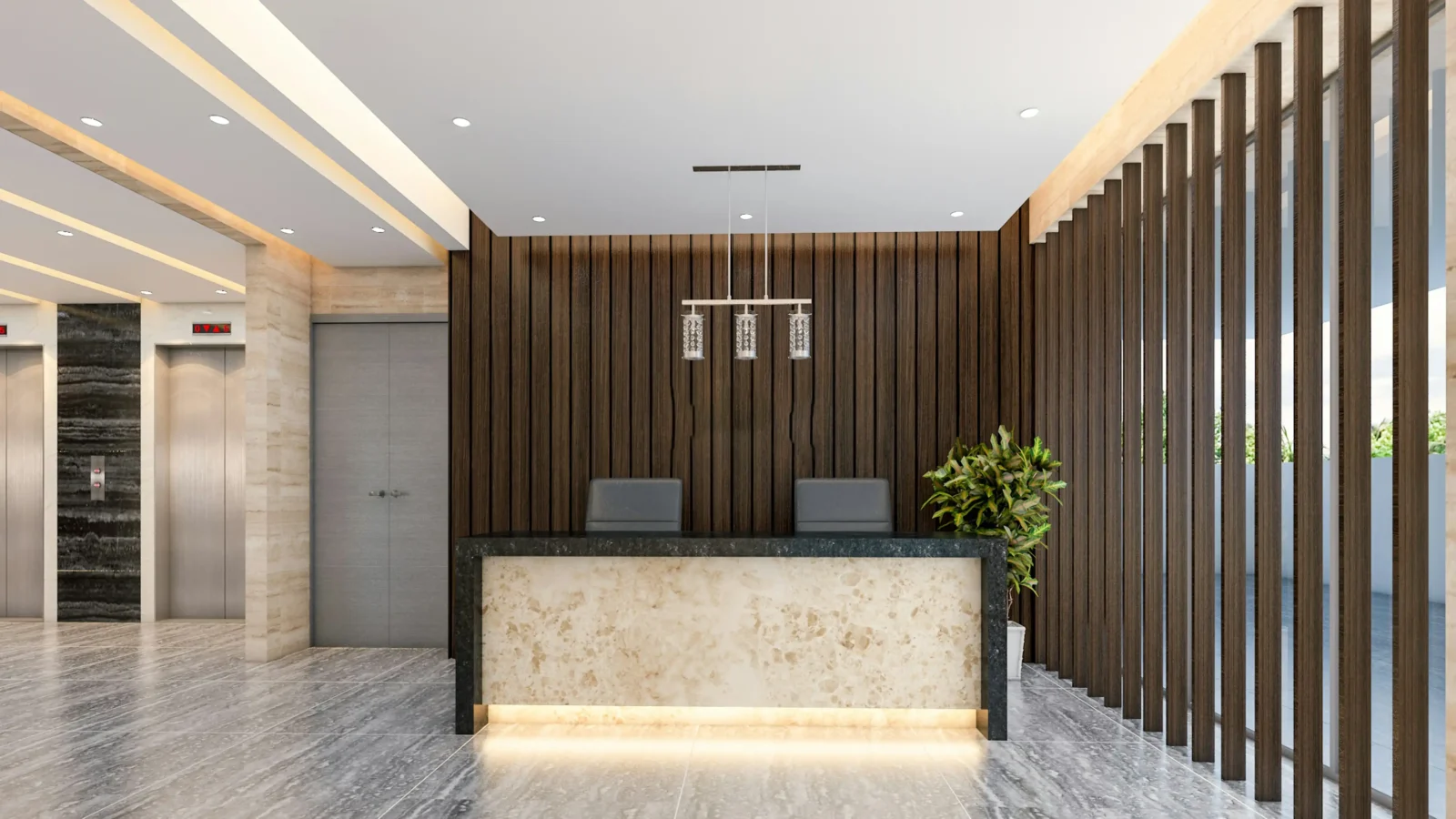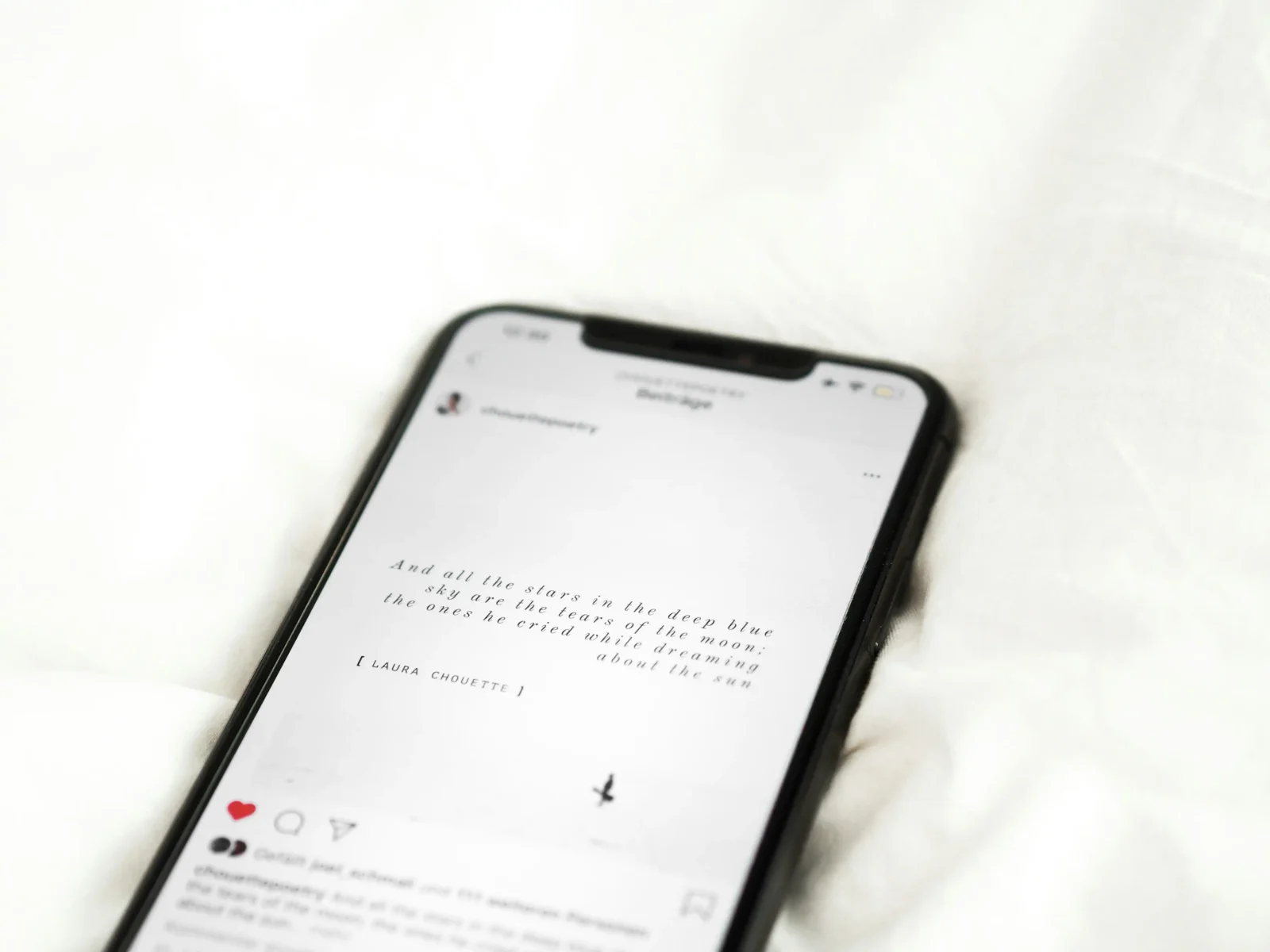- Home
- Articles
- Architectural Portfolio
- Architectral Presentation
- Inspirational Stories
- Architecture News
- Visualization
- BIM Industry
- Facade Design
- Parametric Design
- Career
- Landscape Architecture
- Construction
- Artificial Intelligence
- Sketching
- Design Softwares
- Diagrams
- Writing
- Architectural Tips
- Sustainability
- Courses
- Concept
- Technology
- History & Heritage
- Future of Architecture
- Guides & How-To
- Projects
- Interior Design
- Competitions
- Jobs
- Store
- Tools
- More
- Home
- Articles
- Architectural Portfolio
- Architectral Presentation
- Inspirational Stories
- Architecture News
- Visualization
- BIM Industry
- Facade Design
- Parametric Design
- Career
- Landscape Architecture
- Construction
- Artificial Intelligence
- Sketching
- Design Softwares
- Diagrams
- Writing
- Architectural Tips
- Sustainability
- Courses
- Concept
- Technology
- History & Heritage
- Future of Architecture
- Guides & How-To
- Projects
- Interior Design
- Competitions
- Jobs
- Store
- Tools
- More

Companies don’t just come up with a perfectly functioning app that people are mad for overnight. It takes an extreme level of cooperation, planning, testing, and reaching out to the target audience. Mockups are very important throughout the entire life cycle of an app, from its conception to its use and enjoyment by end users for years to come. Today, we are going to dive into the many roles that mockups play in the success of an app and some optimal design strategies.
Table of Contents
ToggleWhy App Mockups Are Crucial for Designers and Developers
When it comes to developing the actual app, mockups offer a full range of benefits. First and foremost, they save a lot of money. The development team does not initially know how well the market will take to the app. If it were to develop the app to its full completion and the public has gripes with it, this could end up turning into a lot of wasted money. For that reason, mockups serve as a shortcut to testing ground for public responses and input.
This not only saves a substantial amount of money for the company but also serves as a compass for what the market wants. Based on this input, design teams and developers adjust the functioning of the app. Users will provide feedback on such things as:
- buttons
- layouts
- navigation flows
- accessibility
- font
- color
- images
Rather than having to create mockups yourself, there are free mockups you can simply download from websites that you can test out and modify to match your company’s aesthetics.
Team collaboration
On top of that, it is essential for a team to always remain on the same page; therefore, mockups serve as a tool for staff members to retain a clear, shared understanding of what the final app is going to look like.

Consistency between platforms
Apps need to maintain aesthetics consistent with the website if such one exists. There needs to be a cohesive user experience across all platforms, thus rendering the app more intuitive and user-friendly.
The benefits of building an app
Once a user has installed your app, you have just established a long-term line of communication with them. About 70% of all social media time is spent on apps and about half of people open an app at least 11 times a day. Creating an app will help fortify your relationship with your customers for that reason.
Here are some of the great things it’ll do for you:
- Help you serve your customers faster and keep them at a closer proximity
- You’ll enjoy a spike in profits
- You can use social media platforms to link to your app. They seamlessly integrate with them.
- Loyalty programs can be used to secure repeat customers
Different types of app mockups
We could go on for days talking about the myriad of mockup categorizations companies produce for all kinds of purposes. These, however, are the most common.
Static
The point of these is to demonstrate the app’s overall look and feel, focusing on just the aesthetics. This is done to show what the app will look like when it’s done.
This can be shown to stakeholders and clients and will be instrumental in helping designers and clients make quick decisions on design direction. It’s easy to create and can be shared across different media platforms. Thus, it’s perfect for marketing or pitching.

Interactive
These are clickable prototypes that simulate the actual user flow of an app. These allow users to navigate through the app’s interface by interacting with buttons, menus, and transitions, mimicking how the app would function once developed. It’s used during the mid to late design phase, especially when testing user flows, navigation, and interaction. This is the best time to get valuable feedback on usability and UX before development begins.
High-fidelity
These are used when the design phase is practically complete, right before development is initiated. This is supposed to finalize the look of the app.
Low-fidelity
They tend not to use too much color or detail, often in black-and-white, and are used mainly just during brainstorming to display the overall layout and structure of the app. This comes in handy for iteration and prototyping. These don’t cost much and provide room for experimentation before investing considerable time and money.
Device-specific mockups
It’s handy to have an app displayed as it would appear on the screen of different devices, particularly on iPhones, Androids and tablets. This takes into account screen sizes, resolutions, and operating systems. This is mostly necessary at presentations or during marketing campaigns, to show its compatibility.
Marketing
By this time, product development is already wrapping up and we are at the point of preparing for marketing or creating content for the app launch campaign. These promote the app or product with as gorgeous aesthetics as possible and these mockups are posted in advertisements, social media, and app stores.
Tips
Performing quality mockups is a big part of streamlining the development process, helping in decision-making and aiding communication. Here are some tips to maximize the probability of a successful launch:
- Don’t distract from the focal point: Remove any superfluous elements that may confuse the user or misdirect them. It’s best to not go overboard with the colors and include too much text and options.
- Design it as mobile first: most people use cell phones. In fact, in Saudi Arabia, they’re used to carry out 68% of transactions From there, scale up to tablets and laptops. This will eliminate unnecessary complexity. Keep the buttons, text, and interactive elements sufficiently large.
- Both Android and iOS have their own design guidelines which are essential to follow for creating apps that feel native to each platform. They cover elements like button placement, navigation patterns, and icons so the app aligns with the platform’s user expectations. These are namely the Human Interface Guidelines for iOS and the Material Design Guidelines for Android. This will help the app get approved in both stores.

Considerations when presenting your app
A successful presentation not only highlights the visual appeal of the app but emphasizes functionality, the user experience, and how it meets the client’s goals. Here are some things to keep in mind during a presentation:
- Tailor it to your audience: be sure that you understand them and what their needs are. A client focused on business outcomes might be concentrated on how the app will drive user engagement and revenue for example.
- Provide context and set expectations: make it clear to them what they are getting.
- Be prepared to explain your design decisions: people will ask questions regarding why you made a lot of the layout choices. This will make them more supportive of you once they understand you better.
- Encourage feedback and collaboration: this helps refine the design.
- Provide a clear roadmap: this shows that you have a plan, which will inspire confidence.
illustrarch is your daily dose of architecture. Leading community designed for all lovers of illustration and #drawing.
1 Comment
Submit your architectural projects
Follow these steps for submission your project. Submission FormLatest Posts
The Vertical Revolution: How Basement Underpinning Creates Architectural Gold from Forgotten Spaces
Think about the last time you walked into a room with soaring...
Best Tools for Tracking Construction Labor Hours
Quick View of the Products Listed Best Overall: Workyard – Complete construction...
More Than a Gate: Designing a Secure and Stylish Home Entryway
A property’s entrance tells a story before a single guest steps inside....
Employer Liability and Smartphones: When Work Texts Cause Crashes
In today’s connected world, it’s nearly impossible to separate work from daily...












Nice article. Explained everything beautifully